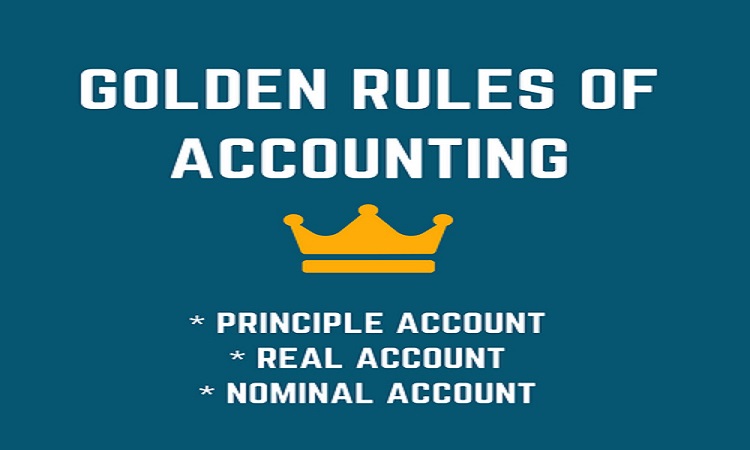A business requires planning and maintenance. Strategy can be crafted, but its application depends upon the financials. A good accounting system ensures that the golden rules of accounting are followed for maintaining the details for the business.
Golden Rules of Accounting for Successful Business
Financials include a broad term of accounting and management, both of which give handy and precise information. Proper accounting has gained more significance with the introduction of GST. It is also important to have the GST number format in your accounting system. This helps in gaining trust from investors and their clients.
Golden Rules of Accounting
The three golden rules of accounting are solely based on debit and credit, which is not a secret. In accounting books, when the journal entry is passed, the debits and credits are equally affected.
During accounting entries, we find five different types of accounts:
- Assets that have a long-term economic value helping to convert the resources into cash. For example, machinery.
- Liabilities are obligations due to past activities. For example, accounts payable.
- Expenses are the costs that are incurred in operating a business, for example, rent charges, electricity, salary.
- Income and revenue are the profits made from the sales in a business. For example sales from operations.
- Equity is the amount of capital invested in the business including any loans taken for the business.
To quote three golden rules of accounting, we can find three main rules, which are as follows:
- Debit the receiver and credit the giver.
- Debit expenses and losses, credit income and gains.
- Debit what comes in and credit what goes out.
- Let us understand the above golden rules with the help of examples:
- Debit the receiver and credit the giver.
These rules are used according to the nature of accounts affected by them. Starting with the first one, it is used for personal accounts. Personal accounts are a general transaction ledger consisting of a person or a legal body, such as a creditor. This creditor can be a person or a company. For this type of account, we debit the receiver, the person who is receiving something from the business, and credit the giver, the person who is paying something to the business.
For example:
Purchasing goods from Company A for ₹1000.
Entry shall be
Purchase A/c ………………………………Dr ₹1000
Creditor A/c…………………………………Cr ₹1000
Debit expenses and losses, credit income and gains.
This rule is to deal with nominal accounts. The nominal account is a simple ledger account to wear all losses, incomes, and expenses taken care of. For example Rent, salary to staff, and telephone charges. This ledger account is closed at the end of each accounting period, for nominal accounts with debit, the account for the expenses and losses incurred by the business, and credit the account for incomes or gains earned by the business.
For example:
Selling of goods for ₹2000
Entry shall be
Cash A/c …………………………………..Dr ₹2000
Sales A/c…………………………………..Cr ₹2000
Debit what comes in and credit what goes out.
This rule is used for real accounts. A real account is used when tangible things are related to the transaction, such as furniture, cash, bank, and machinery types. We debit this account in the ledger when something is received into the business and similarly credit the ledger if the item is moving out of the business.
For example: Purchasing machinery for ₹5000 in cash.
Entry shall be
Machinery A/c ………………………………Dr ₹5000
Cash A/c……………………………………….Cr ₹5000
Conclusion | Golden Rules of Accounting for Successful Business
Accounting helps businesses to keep a track record for income and expenses helps in getting accurate and important financial information about the business, which is helpful in decision making. Every transaction must be recorded in the books. Incorporating the GST number format makes it easy to properly record all your transactions.
These financial transactions, when posted into ledger accounts, provide information about the profits and losses of the business. They give a clear picture of the financial position of your business so that comparing it with the previous year or other businesses in the same industry becomes easy. It also helps in identifying the cash inflow or the outflow show that working capital can be managed according to the needs of the business.
